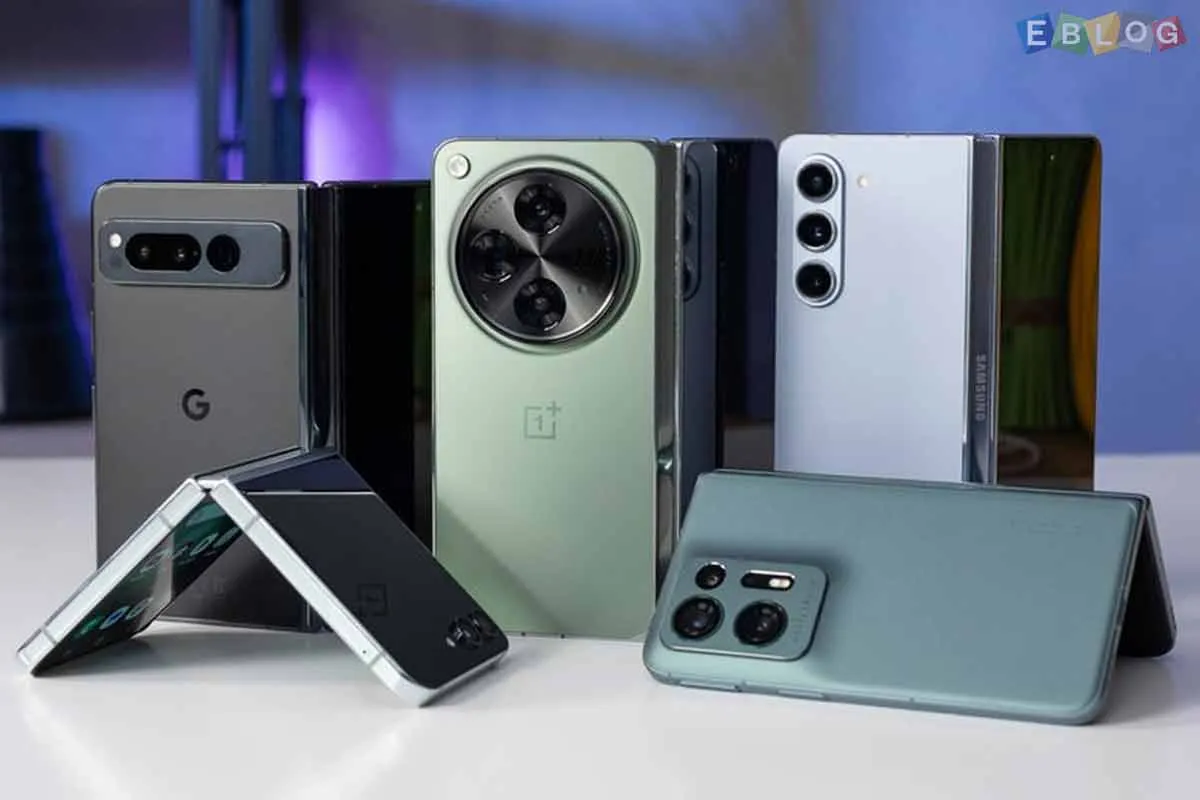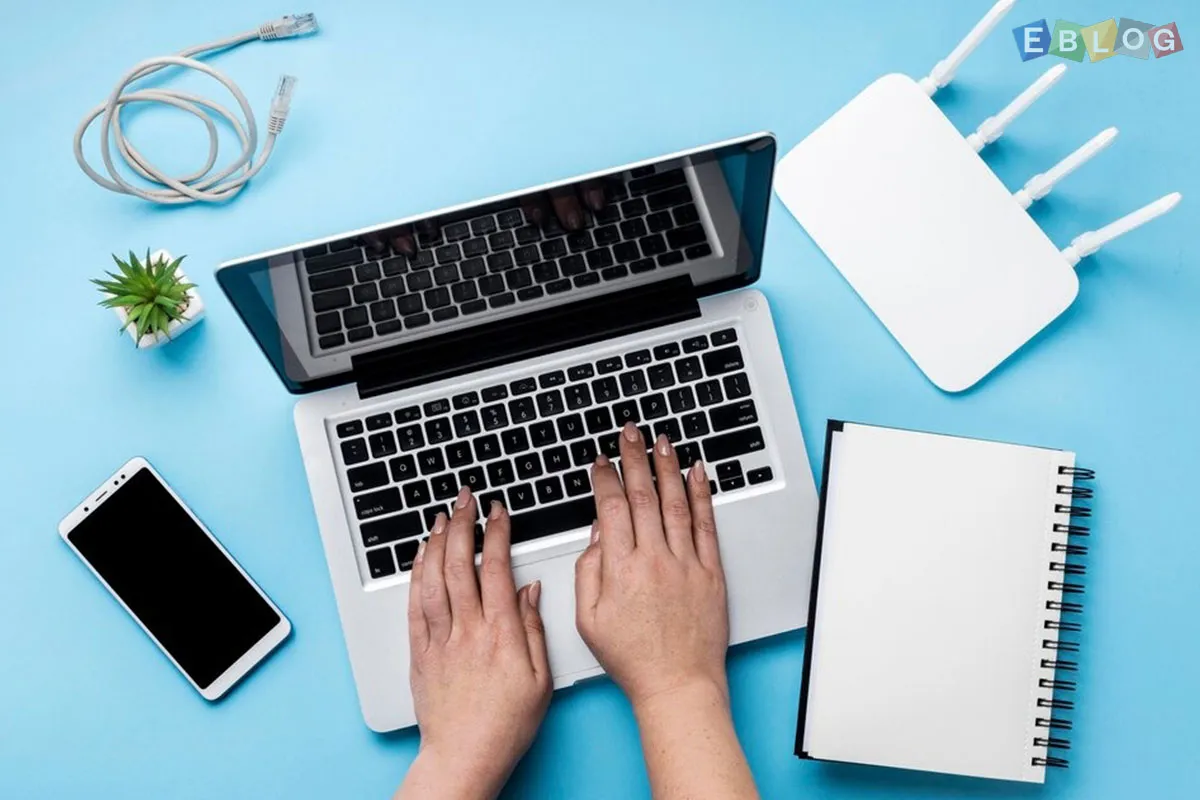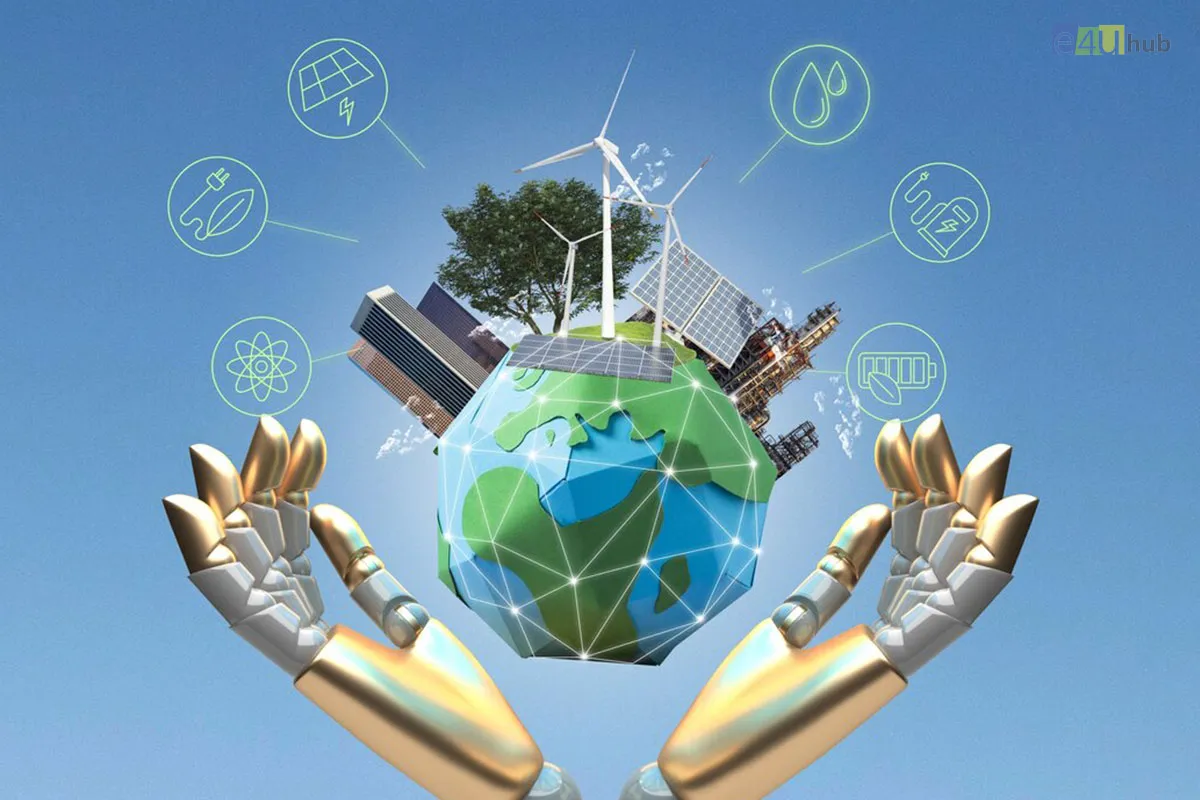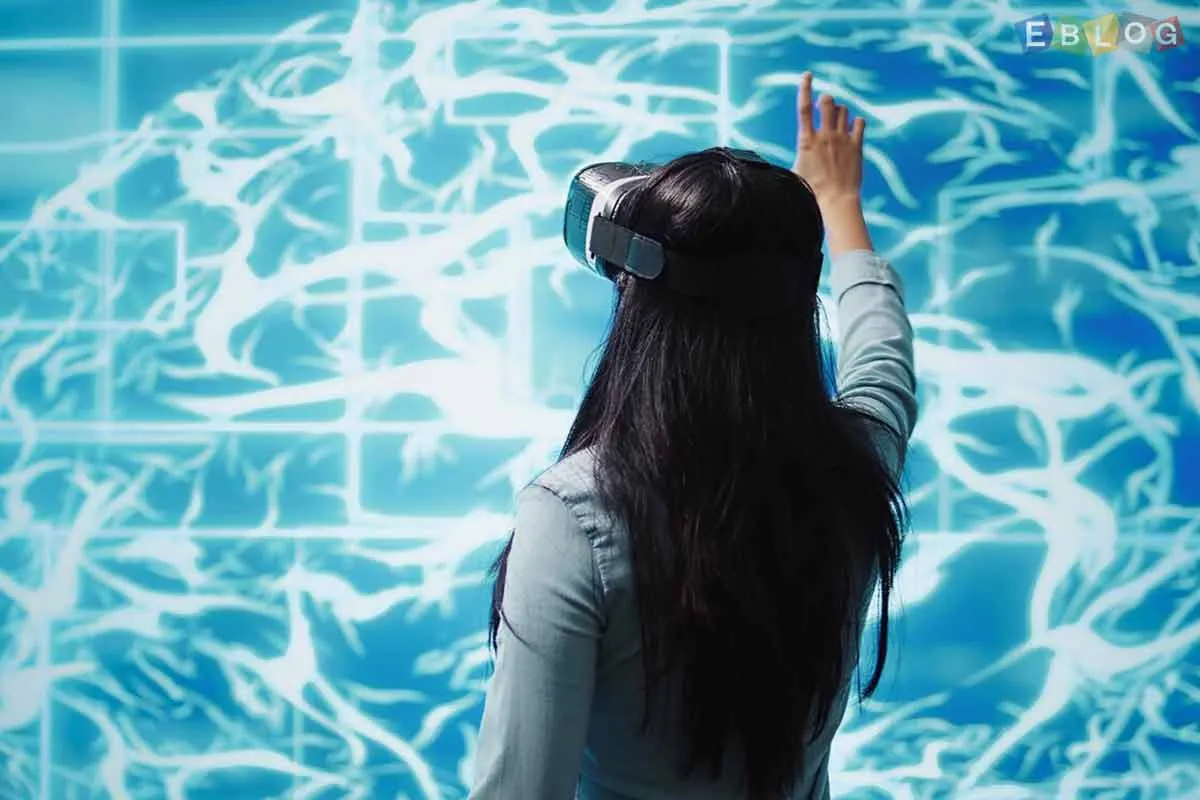
The Rise of Tech Minimalism: Do We Need All These Apps?
- 24 May, 2025
- Tech
- 581 Views
- 0 Comments
Open your phone right now. How many apps do you use daily? Chances are, you're scrolling past dozens—maybe hundreds—of icons you've forgotten existed. In 2025, as technology becomes more embedded in every aspect of our lives, a quiet movement is gaining momentum: tech minimalism.
It’s not about rejecting technology altogether. It’s about being more intentional—fewer apps, fewer notifications, fewer distractions. Just smart, purposeful use of the tech that truly adds value.
But what’s behind this growing digital declutter? And more importantly—do we really need all these apps?
1. The App Overload Problem
The average smartphone user has between 60 and 90 apps installed. Yet, studies show we use fewer than 10 on a daily basis. From fitness trackers and finance managers to photo editors, productivity suites, and AI assistants, our phones have become bloated with tools that promise to make life easier—but often end up doing the opposite.
Instead of making us more productive, they leave us more distracted, overwhelmed, and constantly switching contexts.
That ping wasn’t important, but now you're 10 minutes into scrolling.
2. What Is Tech Minimalism?
Tech minimalism is the intentional practice of simplifying your digital life. That means:
a. Using fewer apps and tools
b. Turning off non-essential notifications
c. Prioritizing deep work and focus
d. Creating tech-free zones or hours
e. Choosing platforms that value privacy and mental health
It’s the digital equivalent of Marie Kondo-ing your home: keep what serves you, remove the rest.
3. Why It’s Catching On in 2025
Several forces are driving this movement forward:
a. Digital Burnout
After years of being hyper-connected, people are feeling mentally drained. Notifications, pings, and infinite scrolls have left many craving quiet.
b. AI Overload
Ironically, as AI makes tech more powerful, it also risks making it noisier. People are realizing that just because an app can do something doesn’t mean it should.
c. Privacy Concerns
Many users are growing wary of data-hungry apps. Minimalism often goes hand-in-hand with a return to simpler, more private tech experiences.
d. Value Over Volume
Users are now more focused on what brings value. Fewer tools that do more—well—is the new digital gold standard.
4. The Minimalist Tech Stack
So what does a minimalist digital setup look like in 2025?
a. One to-do list app you actually use
b. A calendar that syncs across devices
c. A distraction-free note-taking tool
d. A private, ad-free messaging platform
e. A photo library that doesn’t send you daily “memories” of blurry screenshots
It’s not about removing everything. It’s about curating your tools with purpose.
5. Do You Need All Those Apps?
Ask yourself:
a. When was the last time I used this app?
b. Does it improve my day, or just take up space?
c. Is it essential, or just a digital habit?
d. Could one tool do the job of three?
If it’s not helping you live better, work smarter, or stay meaningfully connected—it might be time to hit “uninstall.”
6. Final Thoughts: Less Tech, More Life
Tech minimalism isn’t a rejection of innovation—it’s a redirection toward mindful usage. In a world constantly pushing for more, the real luxury is less.
Simplifying your tech means reclaiming your focus, your time, and your peace of mind. Maybe the future of technology isn’t about adding more—but about choosing better.
Minimalism isn’t about having less technology—it’s about making space for more meaningful technology














Leave a Reply